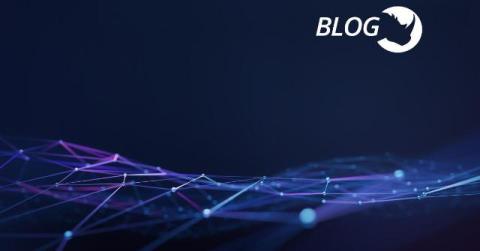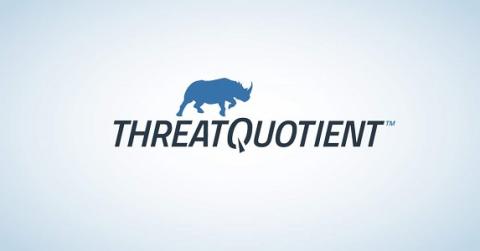3 Trends that Will Shape Cyber Threat Intelligence in 2025
The growing use of AI outside and within organizations is rapidly changing the threat landscape and impacting our approach to threat detection, investigation, and response. As we kickoff 2025, the following three trends suggest that cybersecurity practitioners must continue to advance their use of threat intelligence and are making important progress on that front.









